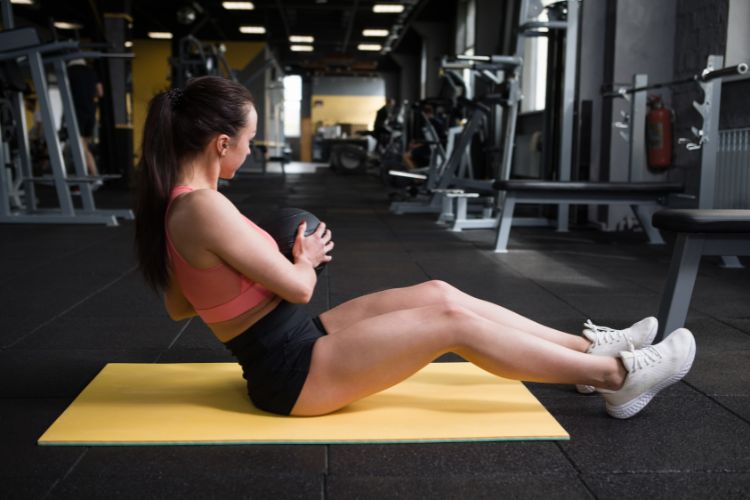Sign up for workout ideas, training advice, reviews of the latest gear and more.






If you’re looking to build muscle, burn fat, and improve overall fitness in the most efficient way possible, full body training split workouts are one of the best approaches to take. This versatile training style hits every major muscle group multiple times per week, optimizing growth and performance while saving time. Whether you’re a beginner or an experienced lifter, a well-structured full-body workout plan can help you reach your goals faster.
In this guide, we’ll explore what a full-body training split is, the benefits, how to structure your workouts, sample plans for different levels, and tips to maximize your results.
A full-body training split refers to a workout routine where all major muscle groups are trained in each session. This typically includes exercises for the chest, back, shoulders, arms, legs, and core.
Unlike traditional body part splits (e.g., chest day, leg day), full-body splits condense training into fewer sessions per week while maintaining frequency and intensity.
Full-body training is perfect for people with limited time. With just 3 to 4 sessions per week, you can hit all muscle groups multiple times and still recover properly.
Training a muscle more than once per week increases the frequency of muscle protein synthesis, leading to faster hypertrophy and strength gains.
Working the entire body in one session burns more calories than an isolated workout. This is great for fat loss and overall conditioning.
You don’t have to worry about missing “leg day” or “back day.” Full-body training allows for a more flexible schedule and balanced recovery.
It’s easier for beginners to learn compound movements and develop foundational strength through full-body sessions.
Each session should include:
Most full-body routines fall into the 3- or 4-day split model:
These are the cornerstone of full-body workouts because they target multiple muscles:
Incorporate these to fill in gaps:
Here are example routines based on experience level.
Day 1:
2:
3:
Day 1: Strength Focus
2: Hypertrophy Focus
3: Strength Focus
4: Metabolic Conditioning
Make compound lifts the core of each session to get the most out of your time and energy.
Keep a training log to track reps, sets, and weights. Progressively overload over time.
Proper technique reduces the risk of injury and improves activation of target muscles. Use a controlled tempo—don’t rush your reps.
Recovery is just as important as training. Get 7–9 hours of sleep and stay hydrated. Rest days are essential.
You won’t get the best results without a solid nutrition plan. Eat enough protein, carbs, and healthy fats to support muscle growth and recovery.
Start with manageable volume. Doing too many exercises can lead to burnout or injury.
Since it’s a full-body workout, don’t neglect squats, deadlifts, and lunges. Leg training boosts testosterone and calorie burn.
If you keep using the same weight every week, progress stalls. Gradually increase load, reps, or reduce rest periods.
Don’t overload your routine with isolation movements. Prioritize compound lifts.
| Split Type | Frequency | Recovery Time | Volume per Muscle | Ideal For |
|---|---|---|---|---|
| Full Body Split | 3–4x/week | High | Moderate | All levels, fat loss, strength |
| Upper/Lower Split | 4x/week | Moderate | High | Intermediate/advanced lifters |
| Push/Pull/Legs | 5–6x/week | Low | High | Advanced bodybuilders |
| Bro Split | 5x/week | Low | Very High (per session) | Aesthetic training focus |
These workouts are one of the most effective and sustainable training methods available. Whether your goal is building muscle, losing fat, or increasing strength, this approach ensures you train efficiently without wasting time or energy. With the right programming, you’ll see consistent gains in both fitness and physique.
Remember to start at your level, master your technique, and prioritize consistency and progressive overload. When done correctly, a full-body split can become the foundation of a lifetime of fitness success.
Stay up to date on the latest women’s health, fitness and lifestyle trends and tips.